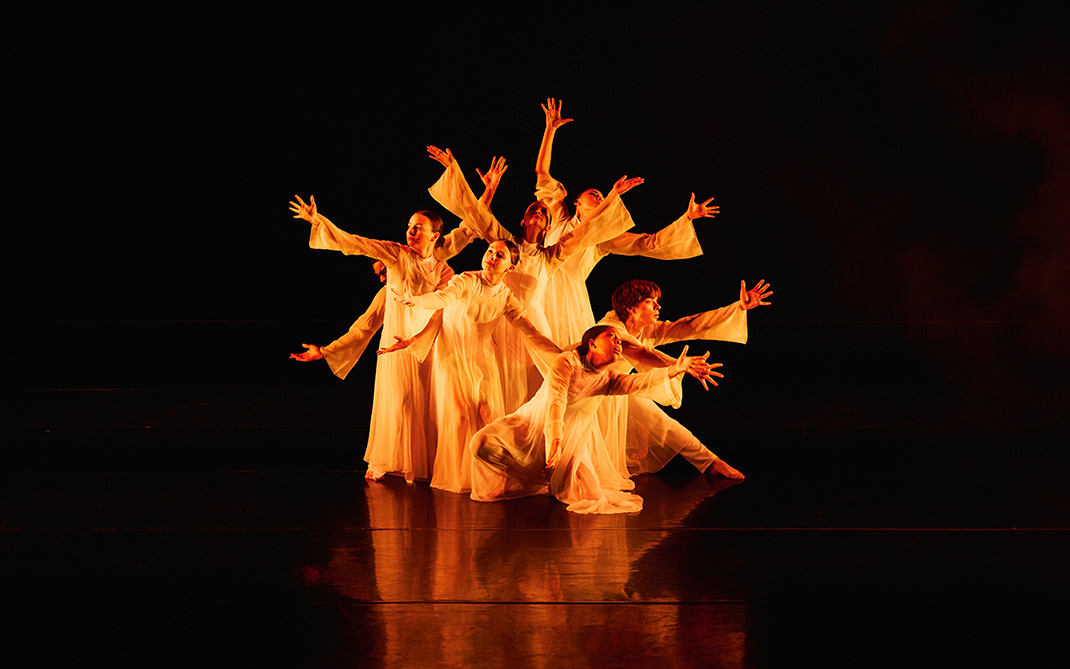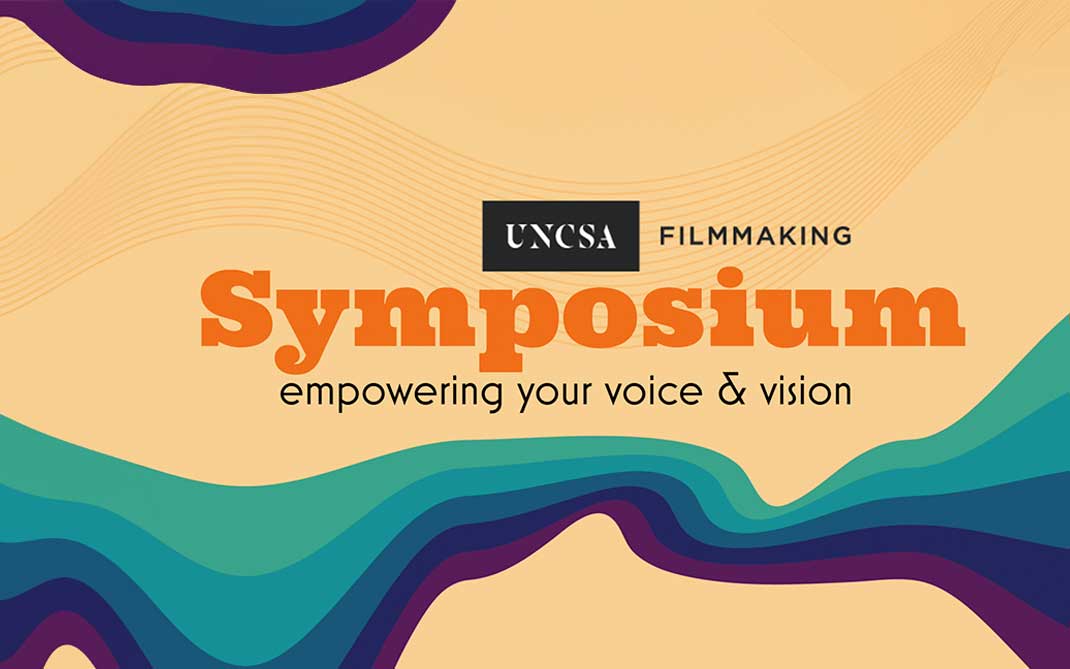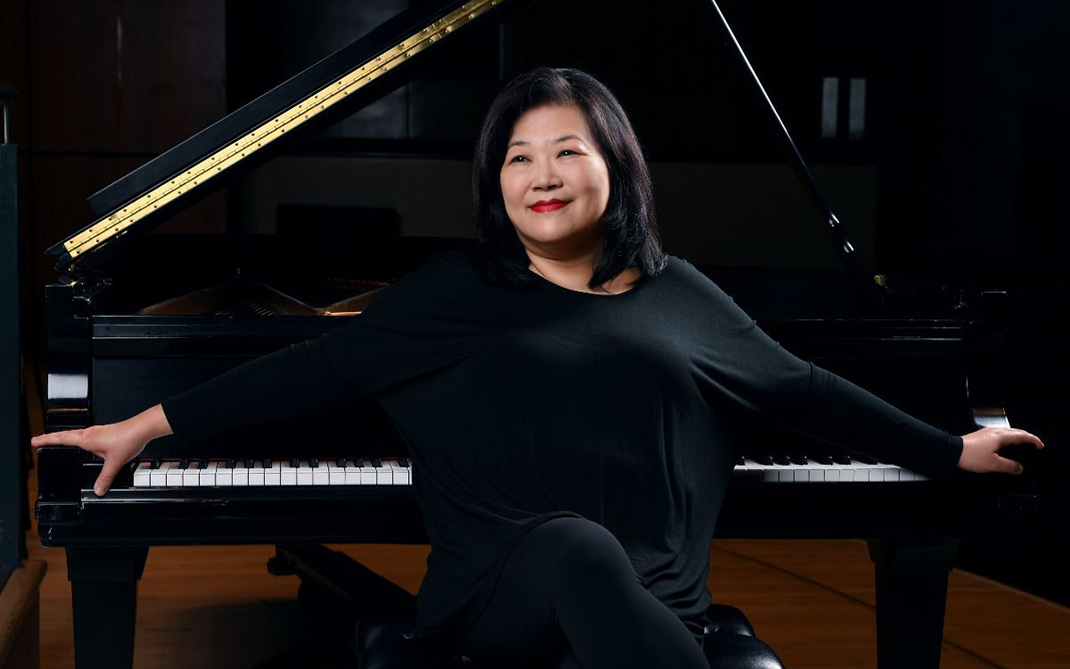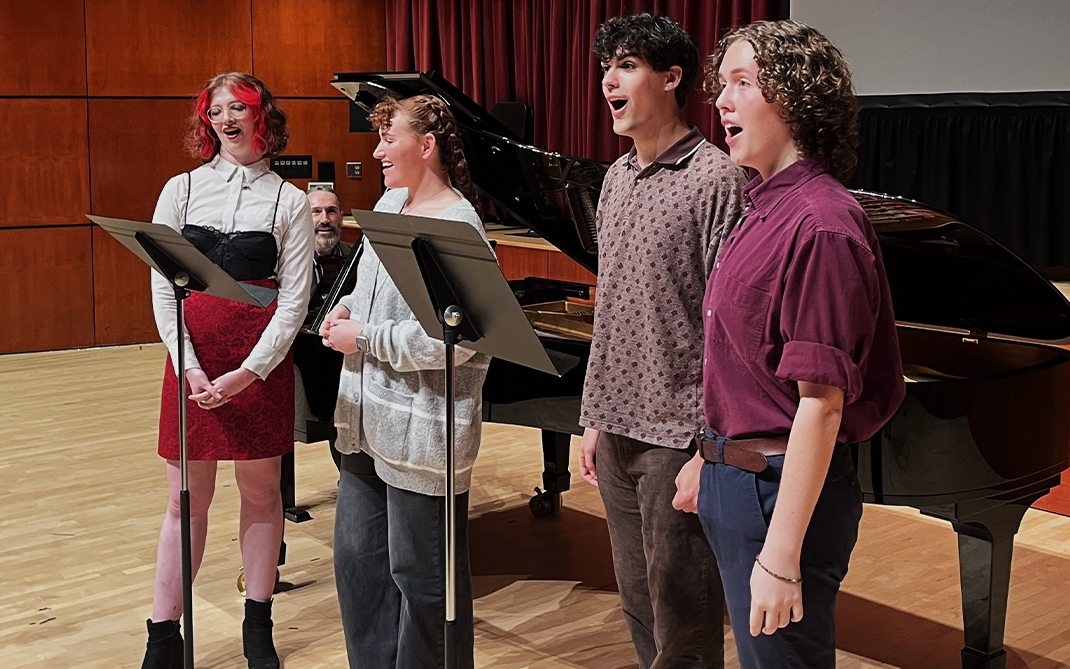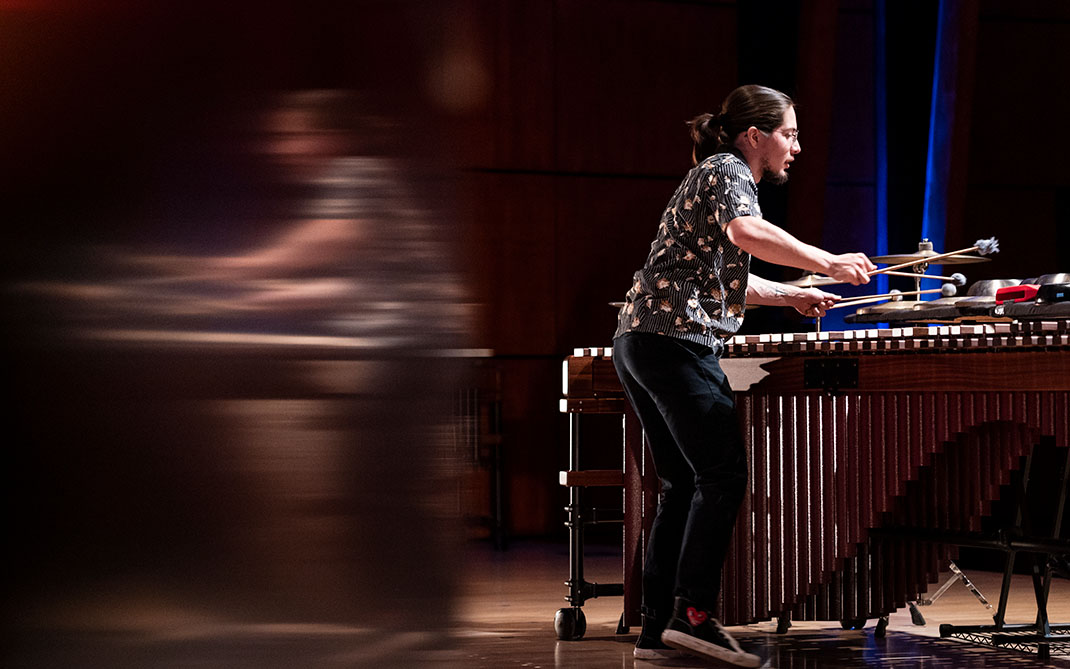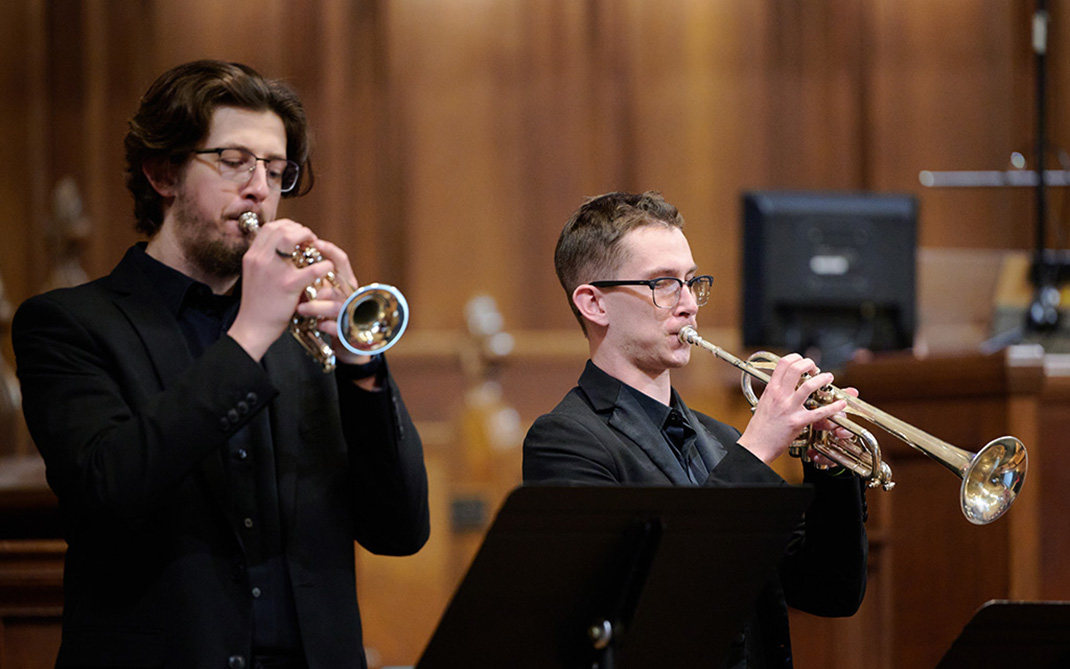UNCSA Symphony Orchestra concert will highlight talented soloists
The University of North Carolina School of the Arts Symphony Orchestra takes the stage this month to highlight the individual talent that comprises the ensemble. The “Gold Medal Soloists” concert features the winners of the 2017 UNCSA Concerto Competitions. The performance will take place at 7:30 p.m. on Saturday, March 31 at the Stevens Center, 405 West Fourth St. in downtown Winston-Salem.
Tickets are $18 regular and $15 students with valid ID, and are available online or by calling the box office at 336-721-1945.
The repertoire includes Rimsky-Korsakov’s “Russian Easter Overture,” “Concerto for Alto Saxophone & Orchestra” by Henri Tomasi and Tchaikovsky’s Piano Concerto No. 1.

Andrew Hasher will perform Henri Tomasi’s “Concerto for Alto Saxophone & Orchestra” with the UNCSA Symphony Orchestra.
“This program is a showcase of UNCSA’s many brilliant young soloists,” explains Music
Director Christopher James Lees. “The level and audible depth of talent within the
UNCSA Symphony Orchestra and the School of Music as a whole is truly astounding.”
UNCSA holds two Concerto Competitions each year—one in April for students at any level within the school, and one in October for graduating students, both judged by guest adjudicators. The winners earn the opportunity to perform their competition piece with either the UNCSA Symphony Orchestra or Wind Ensemble.
The stars of the Gold Medal concert are college senior Andrew Hasher, saxophone, who won the spring competition, and high school senior Jacob Wang, piano, who won the fall competition.

Jacob Wang (shown in foreground, with Eva Wetzel) will play Tchaikovsky’s Piano Concerto No. 1 at the Gold Medal Soloists Concert. / Photo: Jeremy Cowart
Hasher will join the orchestra to perform Henri Tomasi’s “Concerto for Alto Saxophone & Orchestra,” which Lees describes as “equal parts haunting and driving, and the musical language used in is down-right mystical.
“Andrew’s performance of the Tomasi during the competition was truly stellar,” continues Lees. “It combined a clarity of focus and emotional energy with a diverse palate of color inherent in the piece.”
Hasher says Tomasi’s piece is “a colorful, technical, and extremely emotional work.
“There are two movements: an extremely mysterious and foreboding (albeit beautiful) Andante section, and a highly energetic second half,” Hasher says. “At times, the saxophone rides above on long sweeping melodies while the orchestra tumbles and turns underneath it.”
The level and audible depth of talent within the UNCSA Symphony Orchestra and the School of Music as a whole is truly astounding.
Symphony Orchestra Music Director Christopher James Lees
Hasher, who currently studies with UNCSA faculty member Robert Young, is thrilled to be performing the dynamic work alongside the Symphony Orchestra. “This concerto represents an important turning point in the history of the saxophone in classical music, and it proved the capabilities of the young instrument to the classical world.”
Wang will play Tchaikovsky’s iconic and challenging Piano Concerto No. 1.
“The size and scope of the Tchaikovsky first piano concerto can’t be overstated,” says Lees. “It’s a monumental piece for soloist and orchestra alike, filled with memorable melodies with which we have come to associate Tchaikovsky’s music.”
Wang, a current student of Dmitri Vorobiev, kept the difficult nature of this work in mind when selecting his competition piece. “I tried to find something that would be challenging and suited to my personality,” he says. “The structure [of this piece] is very front loaded—the first movement itself is the size of a complete concerto. It’s a massive undertaking for anyone.”
Lees says patrons are in for a treat: “Jacob’s muscular and riveting performance completely floored me, and I know our audience will be equally amazed.”
The final piece on the program is Rimsky-Korsakov’s “Russian Easter Overture.” Although it doesn’t feature a main soloist, the work still allows individual musicians to shine.
“Rimsky-Korsakov’s transformative overture is a mini-showcase of the orchestra itself,” explains Lees. “Solos abound from the flute, clarinet, cello and concertmaster, while our impressive brass shows off their radiance in this blazing transition from the darkness of Good Friday into the ‘Bright Holiday’ of Easter Morning.”
March 15, 2018
